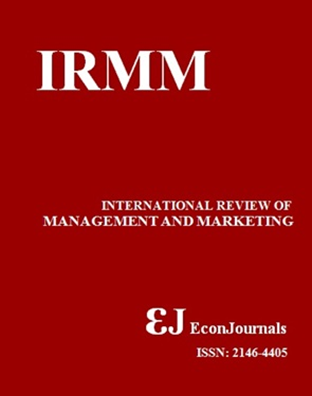Deployment of Six Sigma Methodology in Phacoemulsification Cataract Surgery
Abstract
The purpose of this study is to show how a public eye care center in Turkey initiated Six Sigma principles to reduce the number of complications encountered during and after phacoemulsification cataract surgeries. To analyze the 3-year data, main tools of Six Sigma’s Define-Measure-Analyze-Improve-Control (DMAIC) improvement cycle such as SIPOC table, Fishbone Diagram and, Failure, Mode and Effect Analysis were implemented. Experience of the ophthalmic surgeon, patient’s anatomy, cooperation of patient during the surgery, sterilization and hygiene, attention of assistant surgeon, calibration of equipment and quality/chemical composition of intraocular material were identified to be Critical-to-Quality (CTQ) factors for a successful phacoemulsification cataract surgery. The most frequently occurring complication was found to be iris atrophy. The process sigma level for the process was found to be 3.958. Keywords: Six Sigma; ophthalmology; phacoemulsification cataract surgery; complications JEL Classifications: I120; L15Downloads
Download data is not yet available.
Downloads
Published
2014-03-18
How to Cite
SAHBAZ, I., TANER, M. T., KAGAN, G., SANISOGLU, H., ERBAS, E., DURMUS, E., TUNCA, M., & ENGINYURT, H. (2014). Deployment of Six Sigma Methodology in Phacoemulsification Cataract Surgery. International Review of Management and Marketing, 4(2), 123–131. Retrieved from https://www.econjournals.com/index.php/irmm/article/view/778
Issue
Section
Articles




